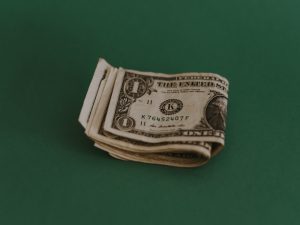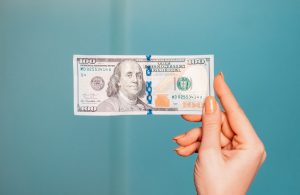Forex trading, also known as foreign exchange trading or currency trading, is the buying and selling of currencies with the aim of making a profit. The forex market is the largest financial market in the world, with an average daily turnover of over $5 trillion. One of the most important concepts in forex trading is leverage, which is the use of borrowed funds to increase the potential return on investment. In this article, we will explain what leverage is and how it works in forex trading, as well as the best leverage in forex.
What is leverage in forex?
Leverage in forex refers to the amount of borrowed funds that a trader can use to open a position. It is expressed as a ratio, such as 1:100, 1:200, or 1:500, which indicates the amount of money that can be borrowed relative to the trader’s own funds. For example, if a trader has a leverage of 1:100 and wants to open a position worth $10,000, they only need to put up $100 of their own funds, and the remaining $9,900 will be borrowed from the broker.
The purpose of leverage is to amplify the potential return on investment, but it also increases the potential risk. For example, if a trader uses a leverage of 1:100 and the market moves against them by 1%, they will lose 100% of their initial investment. Therefore, leverage should be used with caution and proper risk management.
How does leverage work in forex?
Leverage works by allowing traders to control a larger position with a smaller amount of capital. For example, if a trader has $1,000 in their account and a leverage of 1:100, they can open a position worth $100,000. This means that a small movement in the exchange rate can result in a large profit or loss.
Leverage is provided by the broker, who requires a margin deposit from the trader to cover any potential losses. The margin is the amount of money that the trader needs to put up to open a position, and it is calculated as a percentage of the total position size. For example, if a trader has a leverage of 1:100 and wants to open a position worth $10,000, the margin required will be $100.
The margin is held by the broker as collateral, and it is only released when the position is closed. If the position incurs losses that exceed the margin deposit, the broker may issue a margin call, which requires the trader to deposit additional funds to maintain the position. If the trader fails to do so, the position may be automatically closed out by the broker.
What is the best leverage in forex?
The best leverage in forex depends on the trader’s risk tolerance, trading style, and experience. Generally, the higher the leverage, the higher the potential return on investment, but also the higher the potential risk. Therefore, traders should choose a leverage that matches their risk tolerance and trading strategy.
A leverage of 1:100 is commonly used by many traders, as it provides a balance between potential return and risk. However, more experienced traders may use higher leverage, such as 1:200 or even 1:500, to take advantage of small market movements.
It is important to note that higher leverage also requires stricter risk management, as the potential losses can be significant. Traders should always use stop-loss orders to limit their losses and avoid overleveraging their positions.
Conclusion
Leverage is an important concept in forex trading, as it allows traders to control a larger position with a smaller amount of capital. However, it also increases the potential risk, and traders should use it with caution and proper risk management. The best leverage in forex depends on the trader’s risk tolerance and trading style, and it should be chosen carefully to match their goals and objectives. Ultimately, successful forex trading requires a combination of skill, knowledge, and discipline, and leverage is just one of the many tools at a trader’s disposal.





